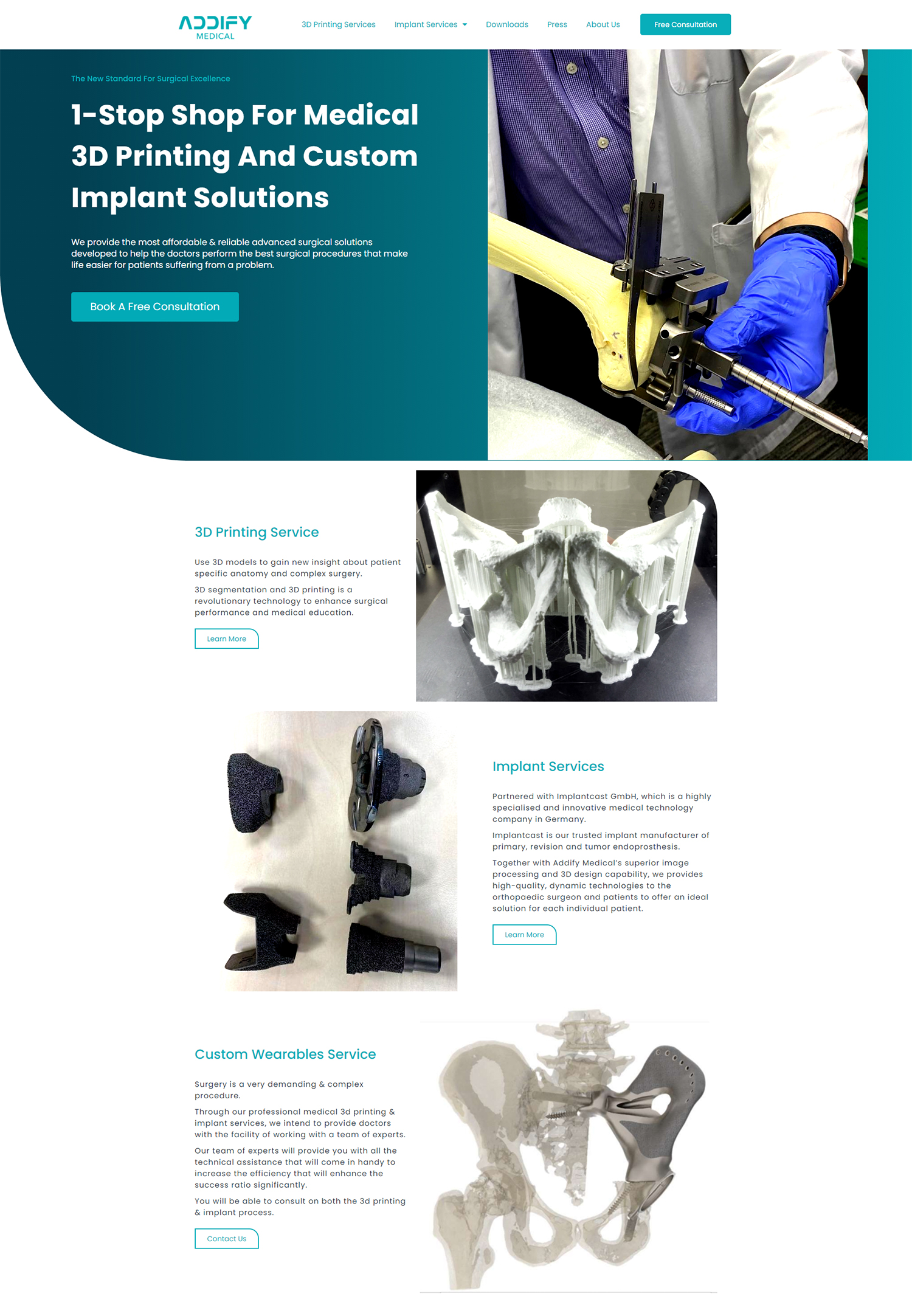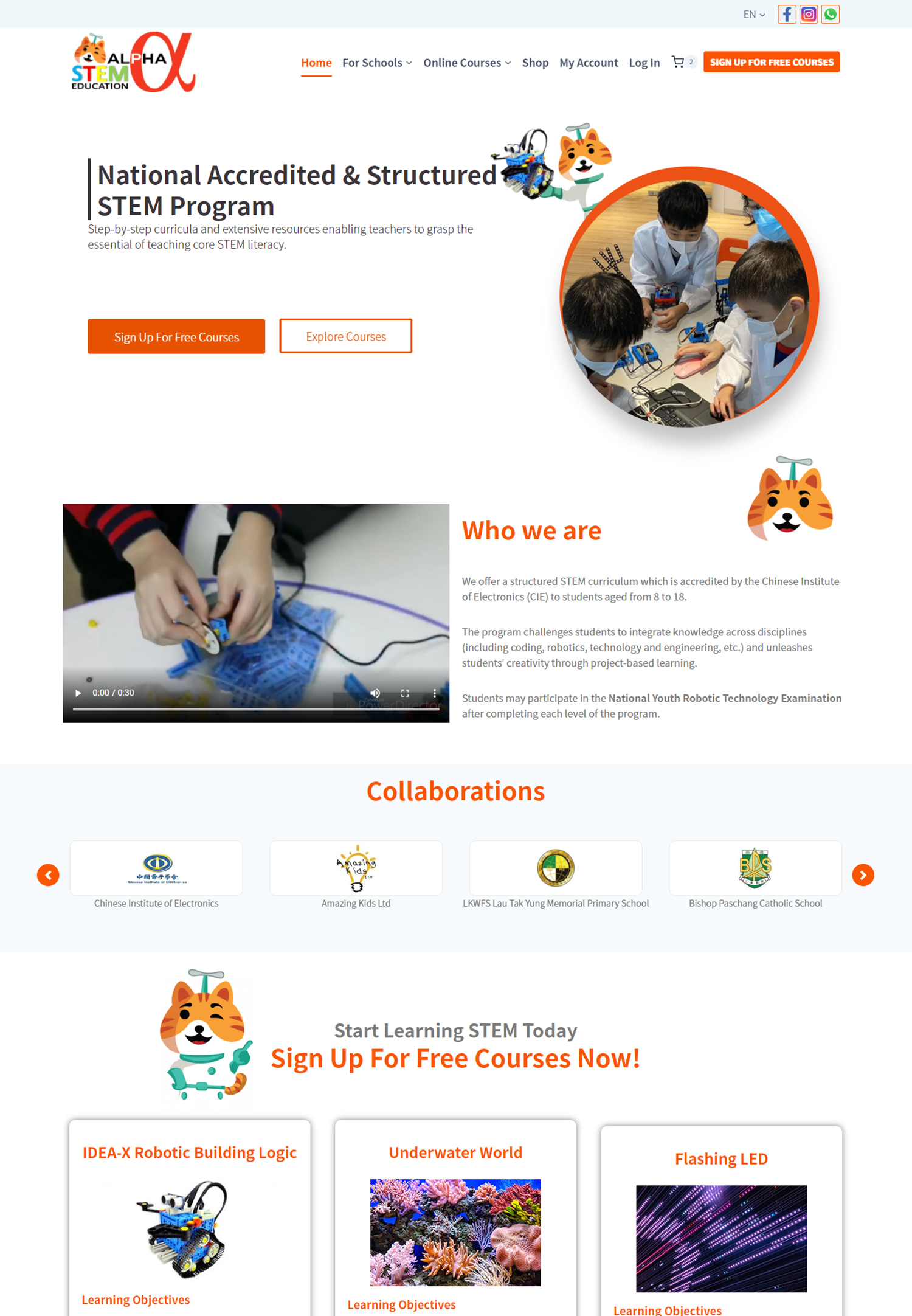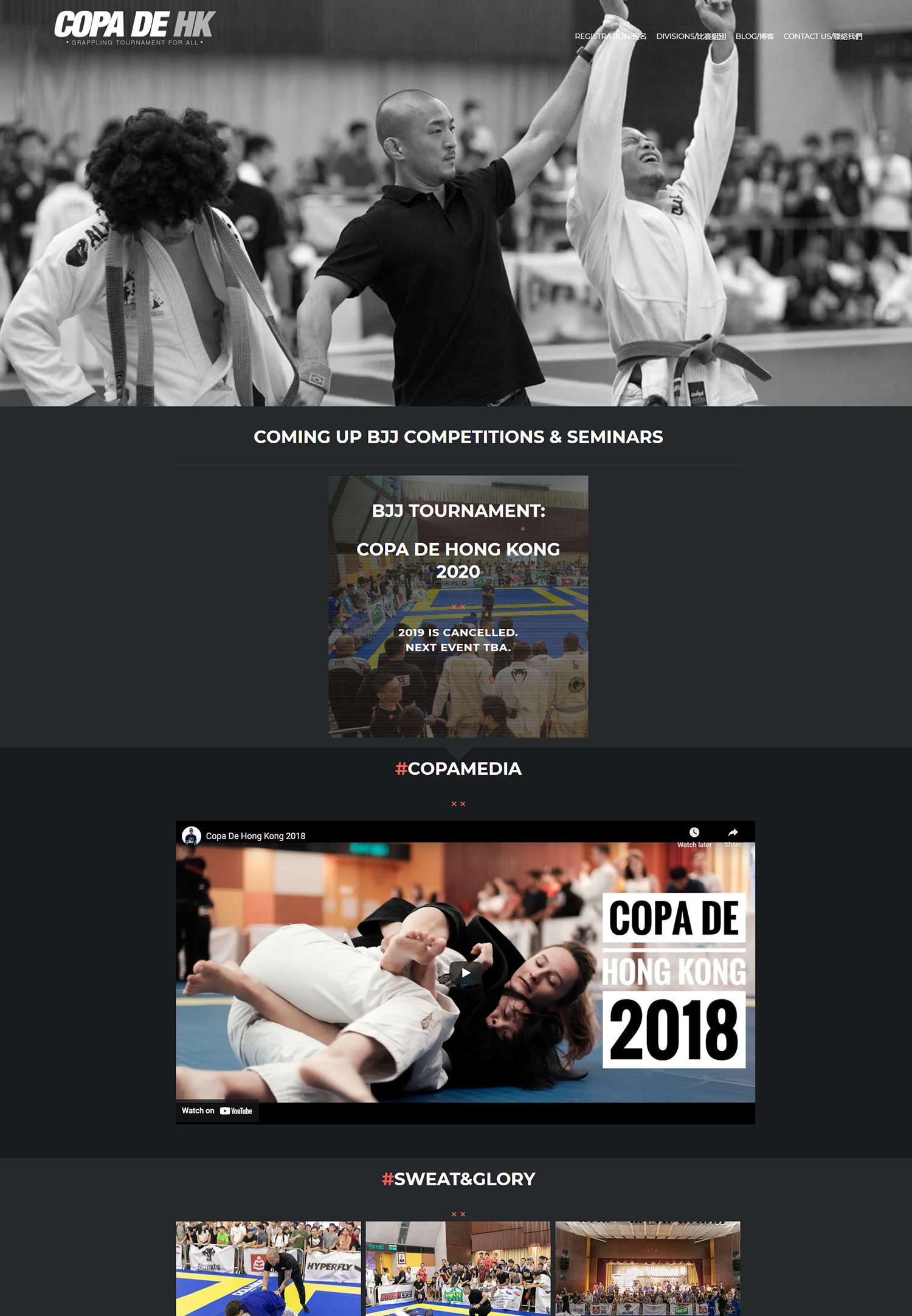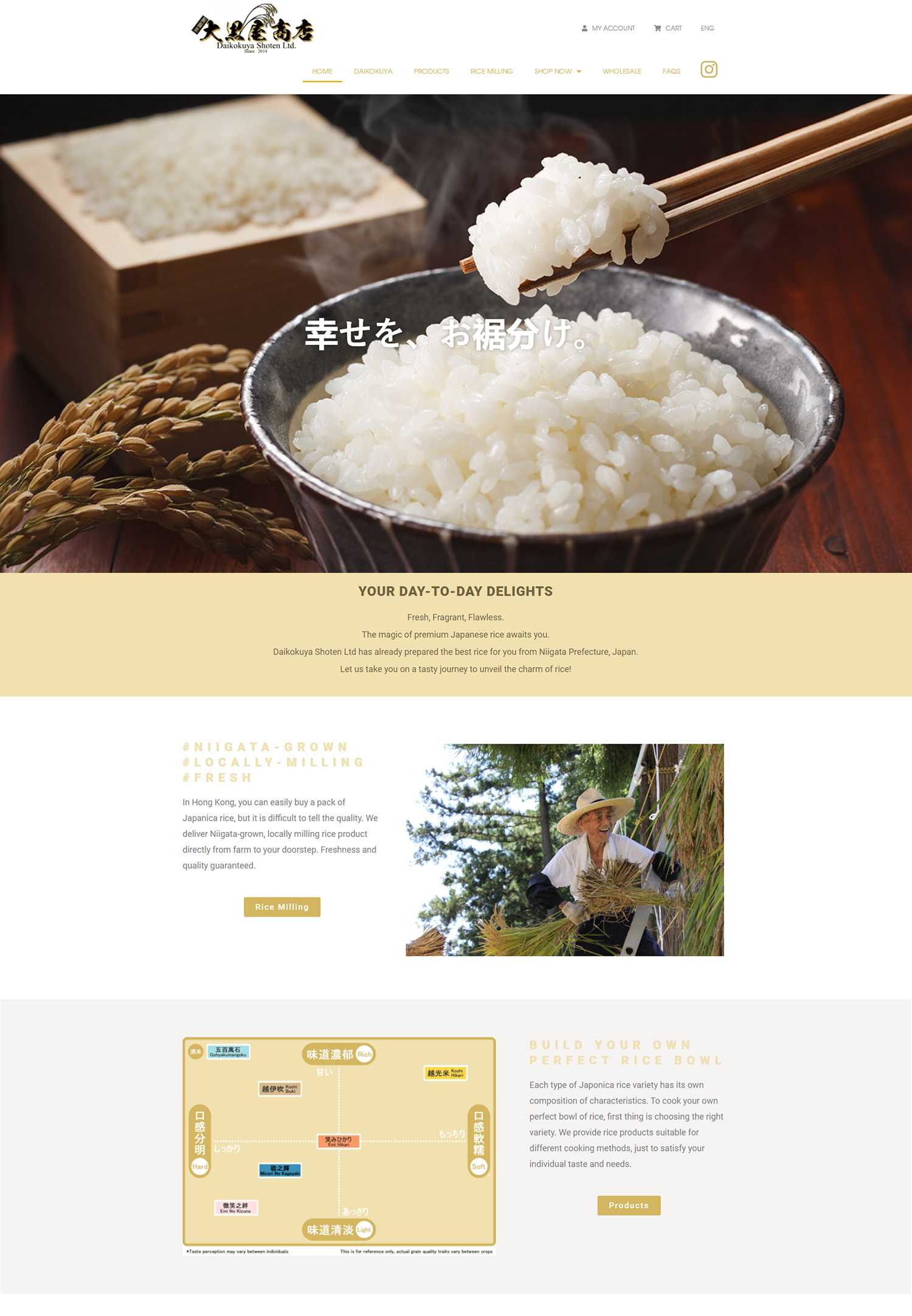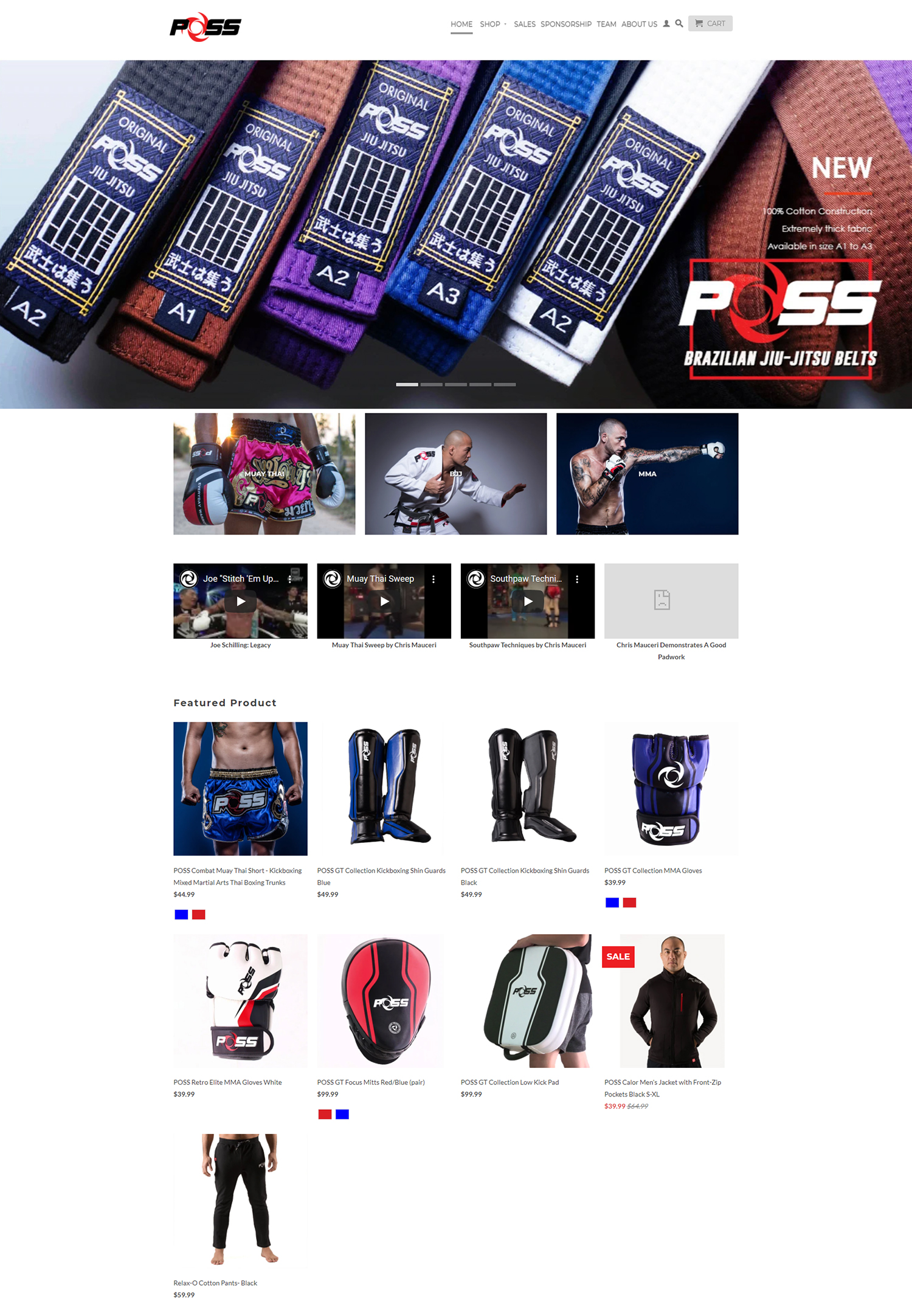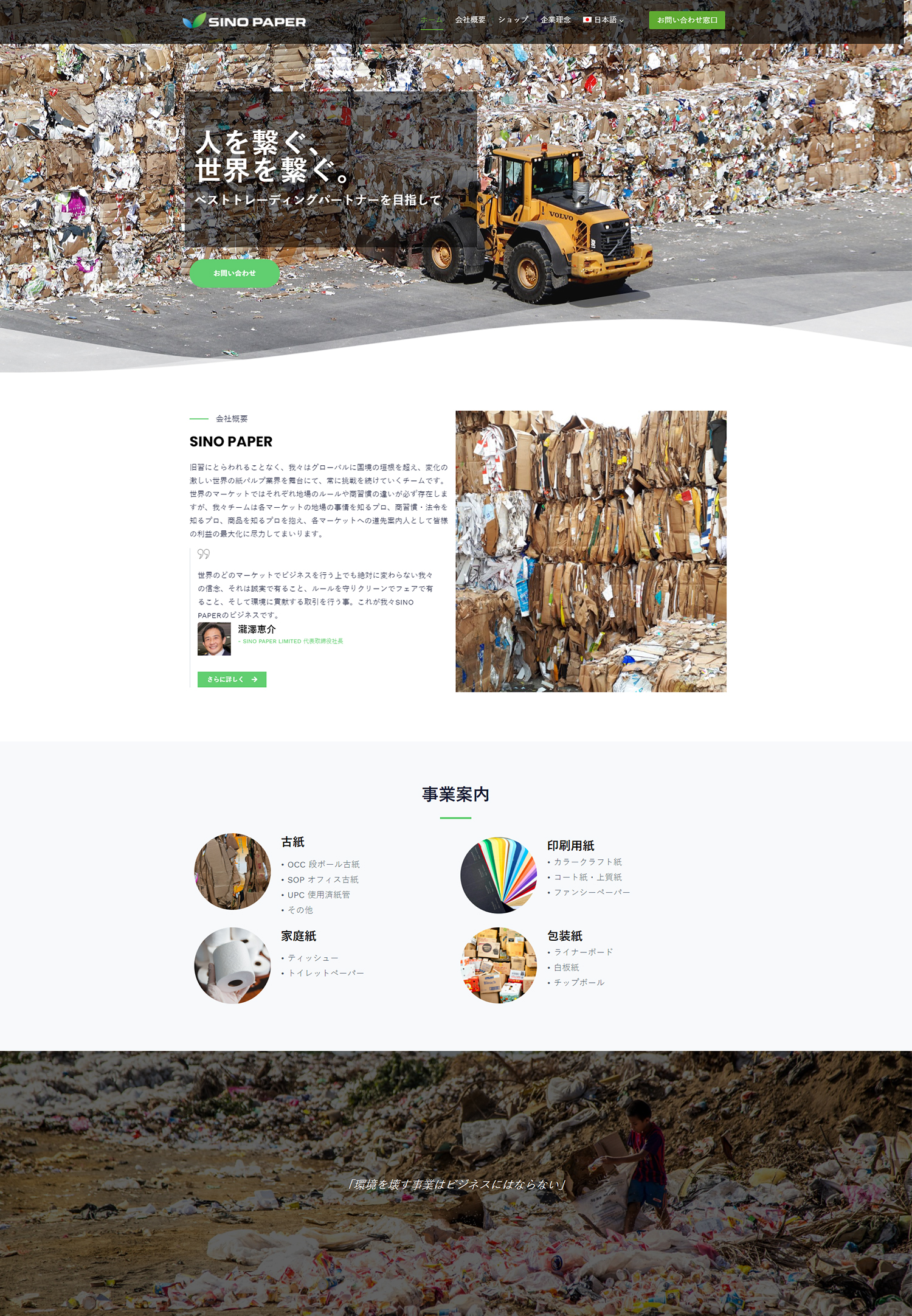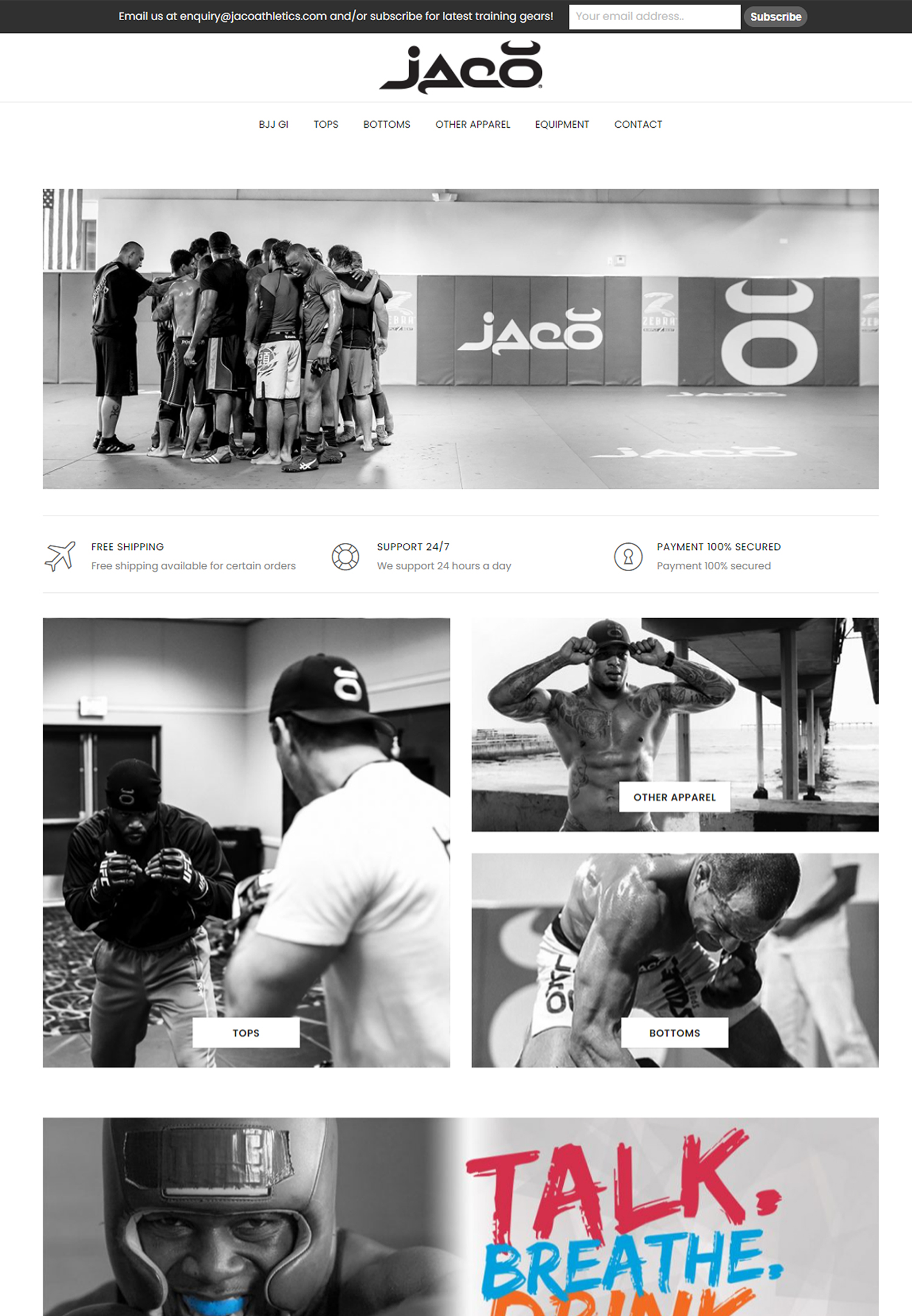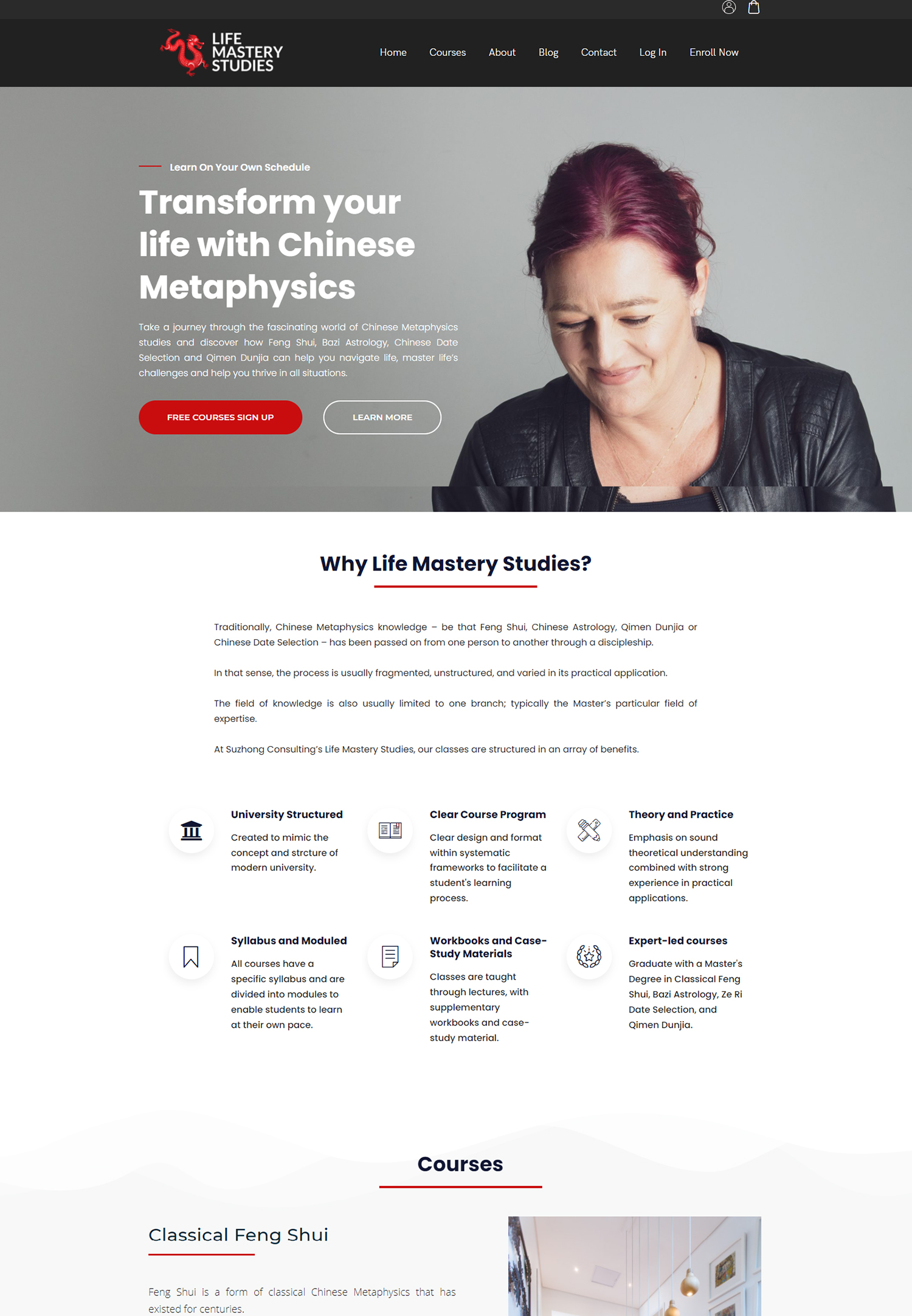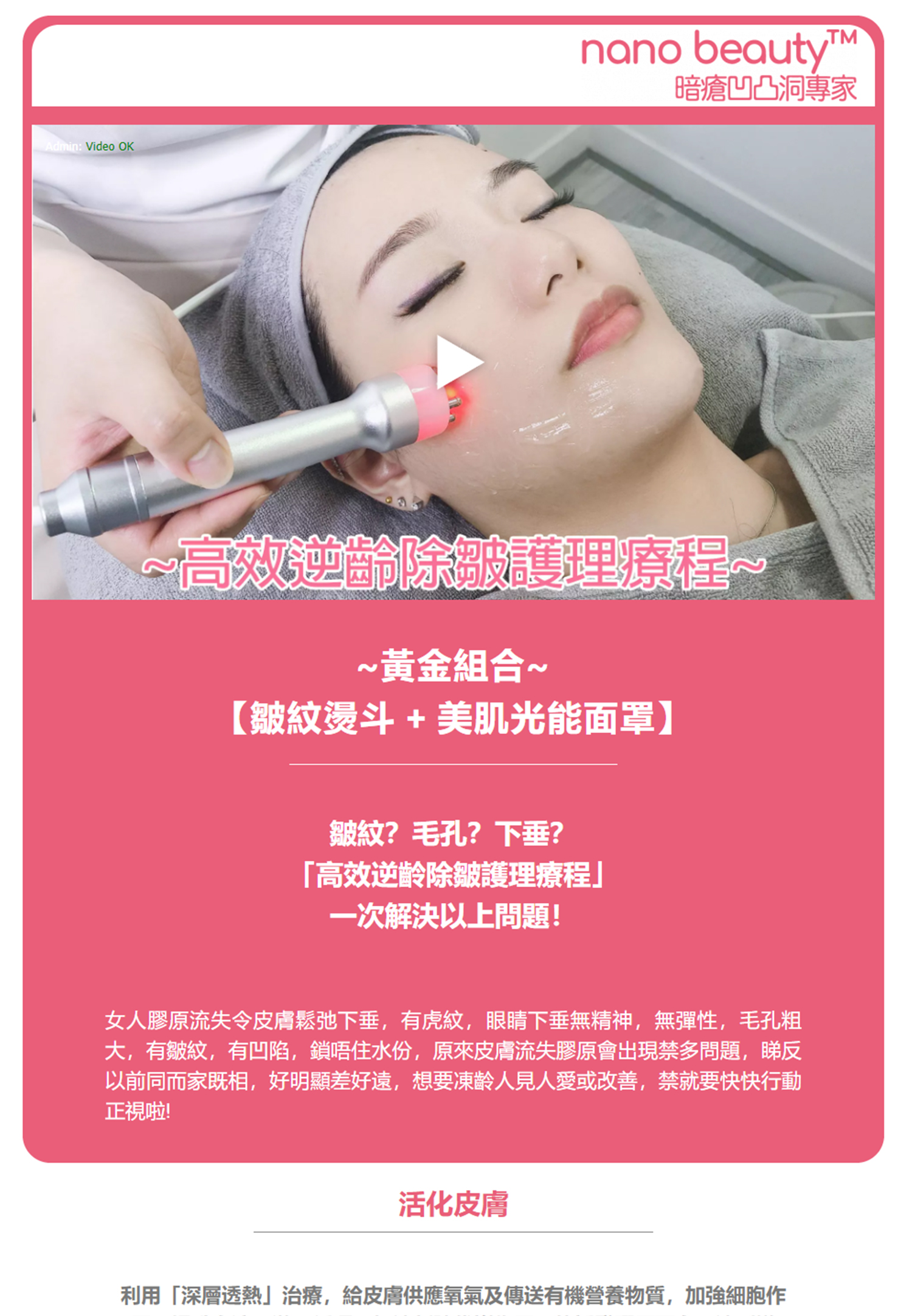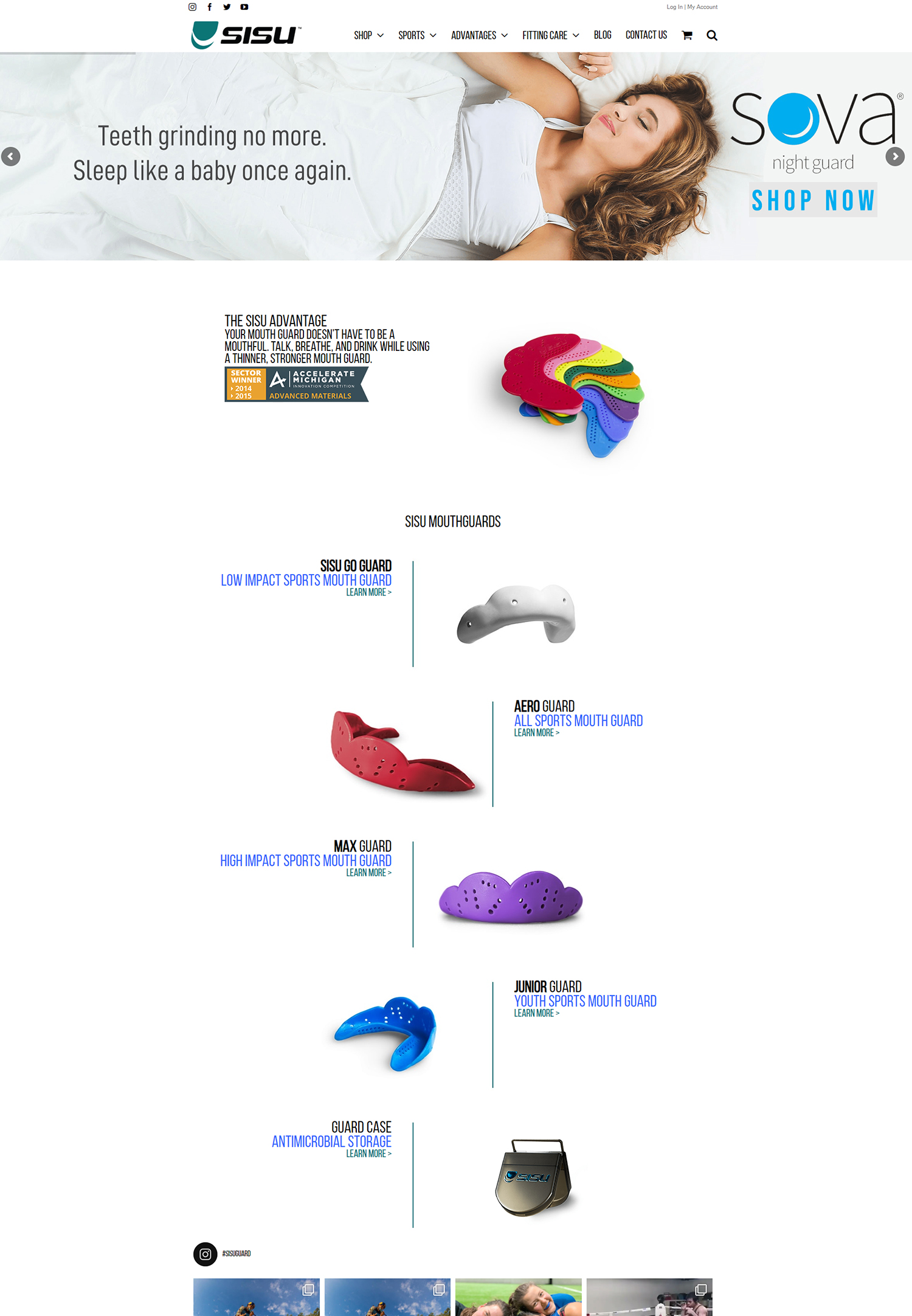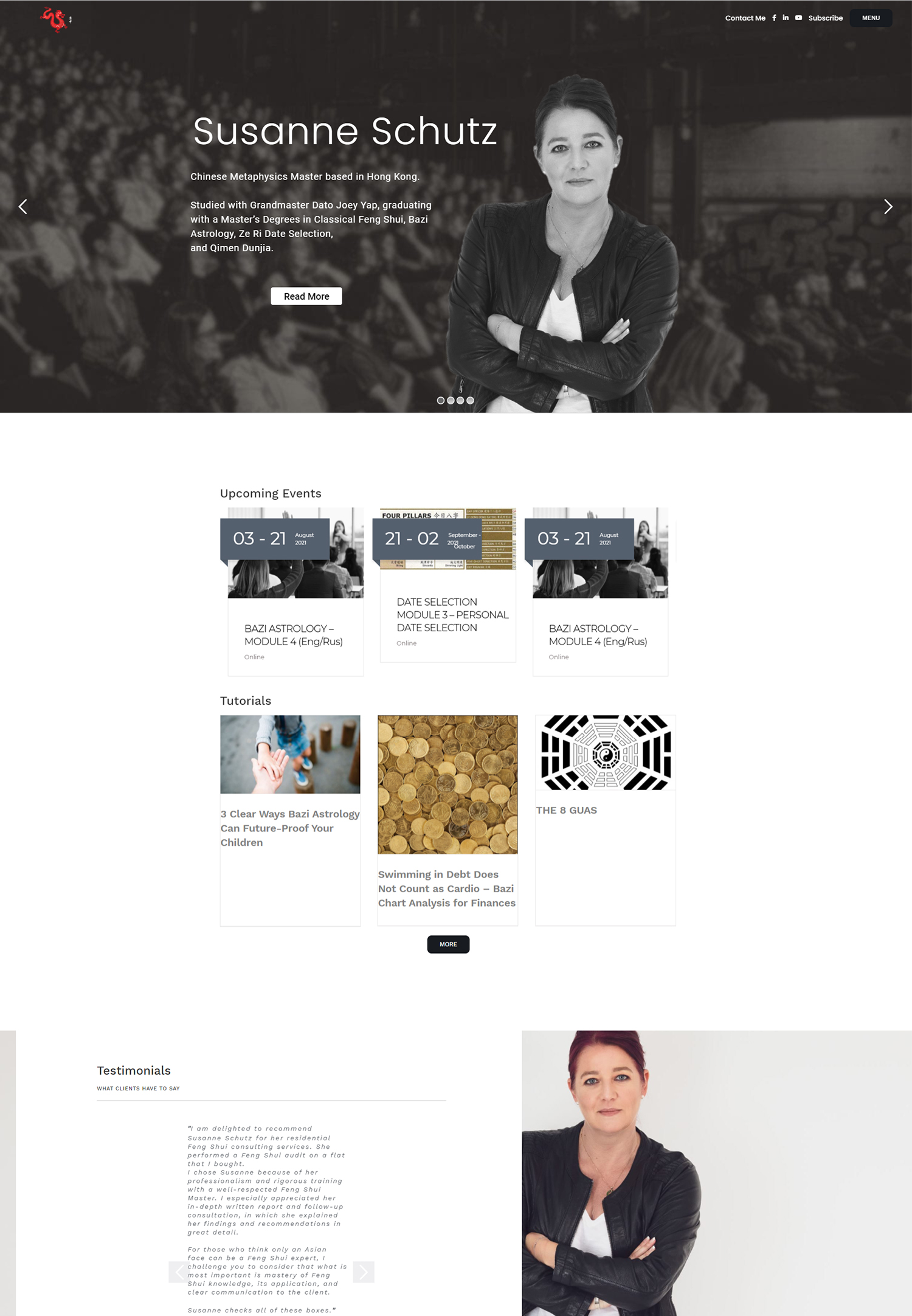Conversion Rate Optimization (CRO) is the process of improving the percentage of website visitors who take a desired action, such as making a purchase or filling out a form. It involves analyzing user behavior, testing different elements on your website, and making data-driven changes to increase conversions. CRO is crucial for online businesses because it helps maximize the return on investment (ROI) from their marketing efforts.
Understanding the Importance of CRO for Your Online Business
There are several benefits of implementing CRO strategies for your online business. Firstly, it helps increase your conversion rates, which means more customers are taking the desired action on your website. This can lead to higher sales and revenue for your business. Secondly, CRO helps improve the user experience on your website, making it more user-friendly and intuitive. This can result in increased customer satisfaction and loyalty. Lastly, CRO allows you to make data-driven decisions based on real user behavior and preferences, rather than relying on guesswork or assumptions.
CRO can have a significant impact on your bottom line. By increasing your conversion rates, you can generate more revenue from your existing traffic without having to spend more on acquiring new customers. This means that you can achieve higher profits and a better return on investment (ROI) from your marketing efforts. Additionally, CRO can help you identify and fix any issues or bottlenecks in your sales funnel, allowing you to optimize your website for maximum conversions.
Top CRO Tools to Boost Your Online Business
There are several popular CRO tools available that can help boost your online business. Some of these tools include:
1. Optimizely: Optimizely is a leading A/B testing platform that allows you to test different variations of your website to see which one performs better in terms of conversions. It provides a user-friendly interface and powerful analytics to help you make data-driven decisions.
2. Crazy Egg: Crazy Egg is a heat mapping tool that allows you to visualize how users interact with your website. It provides insights into where users click, scroll, and spend the most time on your site, helping you identify areas for improvement.
3. UserTesting: UserTesting is a user research platform that allows you to get feedback from real users on your website. It provides video recordings of users navigating your site and completing tasks, along with their spoken thoughts and feedback.
When choosing the right CRO tool for your business, it’s important to consider your specific needs and goals. Think about what metrics you want to track, what type of testing you want to conduct, and what level of support and analytics you require. It’s also a good idea to read reviews and compare different tools to find the one that best fits your budget and requirements.
Google Analytics: A Powerful CRO Tool for Your Website
Google Analytics is a powerful CRO tool that can provide valuable insights into user behavior on your website. It allows you to track key metrics such as bounce rate, average session duration, and conversion rate. By analyzing this data, you can identify areas for improvement and make data-driven changes to increase conversions.
To use Google Analytics for CRO, start by setting up goals in your account. Goals are specific actions that you want users to take on your website, such as making a purchase or signing up for a newsletter. By tracking these goals, you can measure the effectiveness of your marketing campaigns and identify any bottlenecks in your sales funnel.
Some key metrics to track for CRO include:
1. Bounce Rate: Bounce rate measures the percentage of visitors who leave your website after viewing only one page. A high bounce rate can indicate that users are not finding what they’re looking for or that your website is not engaging enough.
2. Average Session Duration: Average session duration measures the average amount of time users spend on your website. A longer session duration can indicate that users are finding your content valuable and engaging.
3. Conversion Rate: Conversion rate measures the percentage of visitors who complete a desired action on your website, such as making a purchase or filling out a form. By tracking your conversion rate, you can identify areas for improvement and make data-driven changes to increase conversions.
A/B Testing: How to Use it to Improve Your Conversion Rates
A/B testing is a powerful technique that allows you to compare two versions of a webpage or element to see which one performs better in terms of conversions. It involves splitting your website traffic between the two versions and measuring the performance of each variation.
To set up and run an A/B test, start by identifying the element or page you want to test. This could be a headline, call-to-action button, or even an entire landing page. Next, create two versions of the element or page, with one being the control (the original version) and the other being the variation (the modified version).
Once you have your variations ready, use an A/B testing tool like Optimizely to split your website traffic between the control and variation. The tool will track and measure the performance of each version, allowing you to determine which one is more effective in terms of conversions.
There have been many successful A/B tests conducted by businesses to improve their conversion rates. For example, Airbnb increased their sign-up rate by 30% by changing the color of their call-to-action button from green to red. Similarly, Basecamp increased their sign-up rate by 14% by changing the headline on their landing page.
Heat Mapping: Understanding User Behavior to Optimize Your Site
Heat mapping is a technique that allows you to visualize how users interact with your website. It uses color-coded overlays to show where users click, scroll, and spend the most time on your site. By analyzing this data, you can gain insights into user behavior and identify areas for improvement.
To use heat mapping to improve your site, start by choosing a heat mapping tool like Crazy Egg. Install the tracking code on your website and let it collect data for a period of time. Once you have enough data, you can view the heat maps and analyze user behavior.
For example, if you notice that users are clicking on an element that is not clickable, you can make it clickable to improve the user experience. Similarly, if you see that users are not scrolling down to see important content, you can move it higher up on the page.
There have been many successful examples of businesses using heat mapping to optimize their websites. For instance, Moz increased their click-through rate by 52% by moving their call-to-action button to a more prominent position on their homepage. Similarly, Dell increased their conversion rate by 300% by making their product images more visible on their product pages.
User Testing: How to Get Feedback from Real Users to Improve Your Site
User testing is a technique that allows you to get feedback from real users on your website. It involves observing users as they navigate your site and complete tasks, and listening to their thoughts and feedback. This can provide valuable insights into user behavior and help you identify areas for improvement.
To conduct user testing, start by recruiting participants who match your target audience. You can use a user testing platform like UserTesting to find participants who meet your criteria. Next, create a set of tasks for the participants to complete on your website. This could be anything from finding a specific product to signing up for a newsletter.
As the participants navigate your site and complete the tasks, observe their behavior and listen to their thoughts and feedback. Take notes on any issues or areas for improvement that they encounter. After the test is complete, analyze the data and make data-driven changes to improve your site.
There have been many successful examples of businesses using user testing to improve their websites. For example, Dropbox increased their sign-up rate by 10% by simplifying their sign-up process based on user feedback. Similarly, Slack improved their onboarding process by 20% by making changes based on user testing.
Exit Intent Popups: How to Use Them to Reduce Cart Abandonment
Exit intent popups are a type of popup that appears when a user is about to leave your website. They are triggered by mouse movement and can be used to offer a last-minute incentive or reminder to encourage the user to stay or complete a desired action, such as making a purchase.
To use exit intent popups to reduce cart abandonment, start by identifying the pages on your website where users are most likely to abandon their carts. This could be the shopping cart page or the checkout page. Next, create an exit intent popup that offers an incentive, such as a discount or free shipping, to encourage the user to complete their purchase.
There have been many successful examples of businesses using exit intent popups to reduce cart abandonment. For instance, OptinMonster helped one of their clients increase their conversion rate by 10% by offering a discount in their exit intent popup. Similarly, ConversionXL helped one of their clients increase their revenue by 10% by offering free shipping in their exit intent popup.
Personalization: How to Use it to Improve Your Conversion Rates
Personalization is the process of tailoring your website content and messaging to individual users based on their preferences and behavior. It involves using data and technology to deliver personalized experiences that are relevant and engaging for each user.
To use personalization to improve your conversion rates, start by collecting data on your users, such as their browsing history, purchase history, and demographic information. Next, use this data to create personalized experiences, such as personalized product recommendations or targeted email campaigns.
There have been many successful examples of businesses using personalization to improve their conversion rates. For example, Amazon increased their sales by 29% by using personalized product recommendations. Similarly, Netflix increased their sign-up rate by 30% by using personalized messaging on their homepage.
How to Choose the Right CRO Tools for Your Online Business
In conclusion, Conversion Rate Optimization (CRO) is crucial for online businesses as it helps maximize the return on investment (ROI) from their marketing efforts. By analyzing user behavior, testing different elements on your website, and making data-driven changes, you can increase your conversion rates and generate more revenue.
There are several CRO tools available that can help boost your online business, such as Optimizely, Crazy Egg, and UserTesting. When choosing the right CRO tool for your business, consider your specific needs and goals, and read reviews to find the one that best fits your budget and requirements.
In addition to using CRO tools, you can also leverage Google Analytics for CRO by tracking key metrics and setting up goals. A/B testing, heat mapping, user testing, exit intent popups, and personalization are all effective techniques that can help improve your conversion rates.
Overall, CRO is a continuous process that requires ongoing analysis and optimization. By implementing CRO strategies and using the right tools, you can make data-driven decisions and improve your website’s performance to achieve higher conversions and revenue for your online business.
If you’re looking to improve your website’s conversion rate, you’ll want to check out this article on “9 Ways a Website Digital Marketing Will Benefit Your Health and Beauty Center.” It provides valuable insights and strategies for optimizing your website’s performance and increasing conversions. Whether you’re running an e-commerce store or a service-based business, these tips will help you attract more customers and drive sales. Don’t miss out on this informative read! Read more
FAQs
What is Conversion Rate Optimization (CRO)?
Conversion Rate Optimization (CRO) is the process of improving the percentage of website visitors who take a desired action, such as making a purchase or filling out a form.
What are CRO tools?
CRO tools are software applications that help website owners optimize their conversion rates. These tools can include A/B testing software, heat mapping tools, and analytics platforms.
What is A/B testing?
A/B testing is a method of comparing two versions of a webpage to see which one performs better. By randomly showing different versions of a webpage to visitors, website owners can determine which version leads to more conversions.
What are heat mapping tools?
Heat mapping tools track where website visitors click, scroll, and move their mouse on a webpage. This information can help website owners identify areas of a webpage that are most engaging to visitors and areas that may need improvement.
What is an analytics platform?
An analytics platform is a software application that tracks website traffic and user behavior. By analyzing this data, website owners can identify areas of their website that may be hindering conversions and make changes to improve their conversion rates.
Why is CRO important?
CRO is important because it can help website owners increase their revenue without increasing their website traffic. By optimizing their conversion rates, website owners can make the most of their existing traffic and improve their return on investment (ROI).






